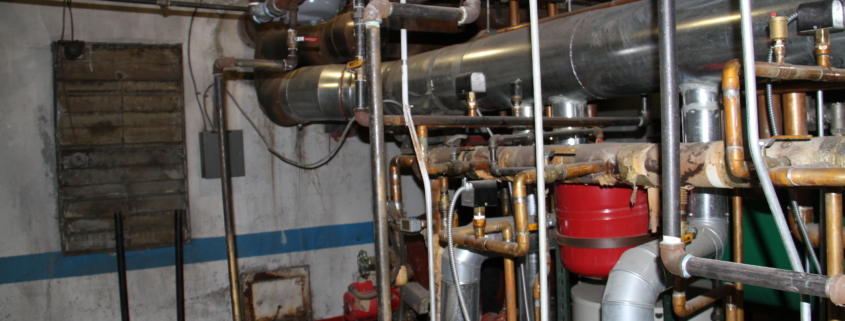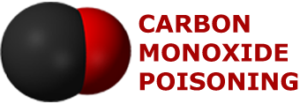
FAQ: What is Carbon Monoxide?
Carbon monoxide is a deadly gas that is the result of a malfunctioning fuel burning appliance. Carbon monoxide can cause serious injury and death because it takes the place of oxygen in the blood. When the blood is saturated with carbon monoxide, the cells may be choked of oxygen, causing immediate cell death. Carbon monoxide also has an indirect poisoning effect because the body perceives the toxin as deadly, which sets off of cascade of immunological and inflammatory mechanisms that will continue to cause cell death for days, weeks and months.
Incomplete Combustion Creates a Killer
What is carbon monoxide? Carbon monoxide is a deadly gas when it leaks into a house, school or hotel.
To create heat, and mechanical force from heat–there must be combustion, what we normally call, fire. For combustion, it is necessary for the carbon molecules to oxidize. To create heat and energy which propels not just our industrialized world but the human body and all life we must have fire. In combustion, the C atom carbon combines with the O atom oxygen, making carbon dioxide CO2 and H2O, which is in the form of water vapor. This is all part of the cycle of life, with plants then using the carbon atom out of the CO2 to create plant matter and releasing back into the air O2 for animals to breathe. When combustion goes wrong, carbon monoxide, CO, replaces carbon dioxide molecules. CO is one of the universe’s most dangerous substances. CO is so toxic because it replaces the oxygen in our blood, while being odorless, colorless, and deadly.
Sources of CO
Carbon monoxide comes from fuel burning appliances and engines. Cars used to produce large quantities of carbon monoxide, so large that it became a world wide pollution problem. Catalytic converters and electronic fuel injection have eliminated 99% of the carbon monoxide generated from automobiles in the USA. However, the vast majority of small engines, such as on lawnmowers, chain saws and portable electric generators still produce as much as 100,000 ppm of carbon monoxide in their exhaust.
Carbon monoxide becomes so toxic it can kill when high levels of CO are released indoors. The risk of CO indoors is primarily from two sources: engines that should only be run outdoors and malfunctioning HVAC equipment, such as furnaces, hot water heaters and boilers. In the United States, almost all fuel burning indoor appliances use natural gas, which should produce very low levels of CO. However, two primary things result in indoor releases of CO: poor maintenance and failure to replace appliances at the end of their useful life.
Carbon Monoxide Detectors Save Lives
The effects of carbon monoxide poisoning often mimic other diseases processes until it is too late. Further, carbon monoxide is odorless and invisible. Thus, the only effective way to identify CO until it is too late to avoid injury or death is to have a fully functioning carbon monoxide detector.
